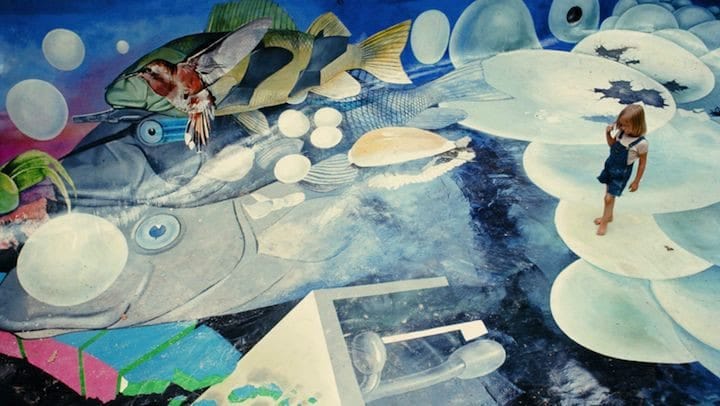‘A Poem Is a Naked Person’ Is Les Blank’s Triumphant Ode to American Creativity

Painter Jim Franklin wanders about an empty pool holding a glass jar. It’s not immediately apparent what he’s up to until he makes his first capture. Scorpions. They’re everywhere, tiny ones, and he’s just calmly scooping them up. It’s the sort of eccentric, earnest vignette that one can find throughout the filmography of Les Blank, a catalogue brimming…
Keep reading with a 7-day free trial
Subscribe to Nonfics to keep reading this post and get 7 days of free access to the full post archives.



